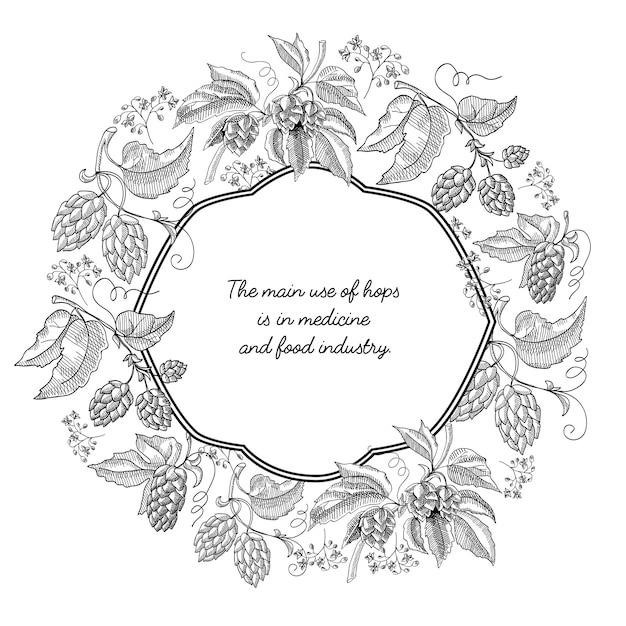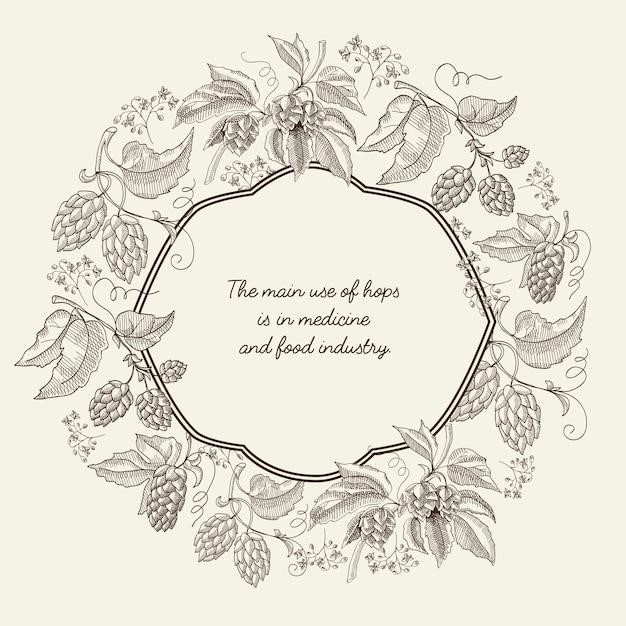The Grapes of Wrath⁚ A PDF Guide
This comprehensive guide provides a detailed overview of John Steinbeck’s iconic novel, The Grapes of Wrath․ Explore the historical context, character analysis, themes, and lasting impact of this Pulitzer Prize-winning masterpiece․ Download your free PDF copy today to delve into this timeless story of resilience and the American Dream․
A Classic of the Dust Bowl
John Steinbeck’s The Grapes of Wrath stands as a powerful testament to the hardships faced by Americans during the Dust Bowl era․ Set in the 1930s, the novel captures the devastating impact of the ecological disaster that swept across the Great Plains, leaving behind a trail of poverty and displacement․
The Dust Bowl, caused by a combination of drought, unsustainable farming practices, and economic depression, forced countless families from their homes in Oklahoma, Texas, and neighboring states․ Steinbeck’s novel vividly portrays the despair and resilience of these “Okies” as they embarked on a desperate journey to California, seeking a better life․
Through the experiences of the Joad family, Steinbeck exposes the stark realities of the Dust Bowl․ The novel’s unflinching portrayal of poverty, hunger, and social injustice serves as a stark reminder of the human cost of environmental devastation and economic hardship․

The Joad Family’s Journey
The Joad family, at the heart of Steinbeck’s novel, embodies the resilience and desperation of Dust Bowl migrants․ Forced from their Oklahoma farm by the relentless drought and economic hardship, they embark on a grueling journey west to California, seeking the promise of a better life․
The journey itself becomes a metaphor for the challenges faced by all Dust Bowl migrants․ The Joads endure harsh weather conditions, mechanical breakdowns, and the constant threat of hunger․ Along the way, they encounter both kindness and cruelty, highlighting the complex social dynamics of the era․
Their journey is not just geographical; it’s also a journey of self-discovery․ The Joads grapple with loss, disillusionment, and the erosion of their traditional values․ They confront the harsh realities of poverty, exploitation, and the struggle for survival, ultimately forging a sense of community and solidarity amidst hardship․
The Themes of the Grapes of Wrath
The Grapes of Wrath explores a multitude of profound themes that resonate with readers even today․ At its core lies the struggle for survival and dignity amidst economic hardship and social injustice․ Steinbeck vividly portrays the plight of the Dust Bowl migrants, highlighting their resilience, their vulnerability, and their desperate search for a better life․
The novel also delves into the complexities of human nature, examining themes of compassion, greed, and the power of collective action․ The characters’ interactions reveal the destructive consequences of social inequality and the potential for human kindness to overcome adversity․
Furthermore, The Grapes of Wrath tackles the themes of family, community, and the American Dream․ The Joad family’s journey symbolizes the fragility of traditional values in the face of economic upheaval, while their interactions with other migrants demonstrate the strength and resilience of human connection․ Ultimately, the novel offers a powerful critique of the American social system, challenging readers to consider the responsibility we have towards one another․
The Grapes of Wrath and the Great Depression
The Grapes of Wrath is inextricably linked to the Great Depression, a period of profound economic hardship and social upheaval that gripped the United States in the 1930s․ Steinbeck’s novel provides a powerful and unflinching portrayal of the devastating impact of the Depression on rural America, particularly in the Dust Bowl region․
The novel vividly captures the desperation of farmers forced to abandon their land due to drought, economic hardship, and the relentless dust storms that ravaged the Midwest․ It exposes the exploitative practices of large landowners and the callous indifference of the government towards the plight of the working class․
The Grapes of Wrath serves as a stark reminder of the social and economic injustices that characterized the Great Depression, highlighting the vulnerability of individuals and families in the face of systemic failures․ It is a testament to the resilience of the human spirit and the enduring power of community in the face of adversity․
The Impact of The Grapes of Wrath
The Grapes of Wrath had a profound and lasting impact on American society and literature․ It became a cultural touchstone, sparking national conversations about social justice, economic inequality, and the plight of migrant workers․
The novel’s unflinching portrayal of the Dust Bowl migration and the exploitation of migrant workers drew attention to the plight of the working class and fueled the growing movement for social change․ Steinbeck’s powerful prose and empathetic portrayal of the Joad family resonated with readers across the country, inspiring empathy and a sense of shared humanity․
The Grapes of Wrath also had a significant impact on American literature, solidifying Steinbeck’s reputation as a leading voice of social realism․ Its themes of social justice, resilience, and the search for the American Dream continue to resonate with readers today, making it a timeless classic․
The Grapes of Wrath in Popular Culture
The Grapes of Wrath has left an enduring mark on popular culture, transcending its status as a literary masterpiece to become a symbol of resilience and social consciousness․ Its impact can be seen in various forms of media, from film adaptations to music and even video games․
The 1940 film adaptation directed by John Ford, starring Henry Fonda as Tom Joad, is widely considered a cinematic masterpiece, capturing the essence of Steinbeck’s novel with powerful visuals and performances․ The film’s success further cemented the book’s place in American culture, solidifying its themes of hardship, hope, and the search for a better life․
Beyond film, The Grapes of Wrath has inspired countless works of art, music, and literature․ Musicians like Bruce Springsteen and Bob Dylan have drawn inspiration from the novel’s themes, while its characters and storylines have been adapted for stage productions and even video games․ This widespread influence demonstrates the enduring power of Steinbeck’s story and its ability to connect with audiences across generations․
The Grapes of Wrath in Education
The Grapes of Wrath holds a prominent place in educational settings, serving as a cornerstone text in high school and university literature courses․ Its exploration of social justice, economic hardship, and the human spirit resonates deeply with students, fostering critical thinking and discussions on important societal issues․
The novel’s accessibility, coupled with its rich themes and complex characters, makes it an ideal tool for engaging students in meaningful literary analysis․ Teachers utilize The Grapes of Wrath to delve into themes of migration, poverty, family dynamics, and the power of collective action․
Furthermore, the novel’s historical context, set during the Great Depression, provides students with a valuable lens for understanding the social and economic challenges of that era․ By analyzing the novel’s depiction of the Dust Bowl, the plight of migrant workers, and the clash between the powerful and the powerless, students gain a deeper understanding of American history and its impact on the present day․ The Grapes of Wrath continues to be a powerful and relevant text in education, inspiring critical thinking and sparking important conversations about social justice and human resilience․
The Grapes of Wrath⁚ A Modern Perspective
The Grapes of Wrath, despite being written in 1939, retains a striking relevance in contemporary society․ Its themes of economic disparity, social injustice, and the struggle for survival continue to resonate with readers today․
While the Dust Bowl and the Great Depression are historical events, the novel’s exploration of migrant labor, exploitation, and the clash between the wealthy and the working class remains a poignant reflection of modern issues․ The novel’s portrayal of the Joad family’s journey, their struggles for basic necessities, and their resilience in the face of adversity mirrors the challenges faced by many individuals and communities navigating economic hardship and social inequality in the 21st century․
The Grapes of Wrath serves as a powerful reminder that the fight for social justice and economic equality is an ongoing struggle․ Its enduring relevance lies in its ability to spark critical reflection on the enduring challenges facing individuals and societies striving for a more equitable and compassionate world․
The Grapes of Wrath⁚ A Timeless Story
The Grapes of Wrath transcends its historical setting and resonates with readers across generations․ Its timeless themes of human resilience, the pursuit of the American Dream, and the enduring power of community continue to captivate audiences․
The novel’s exploration of the human spirit’s ability to endure hardship and find strength in unity resonates with readers facing their own challenges, regardless of time or place․ The Joad family’s journey, marked by loss, displacement, and the constant struggle for survival, serves as a powerful reminder of the human capacity for perseverance and the importance of shared experiences in the face of adversity․
The Grapes of Wrath’s enduring appeal lies in its ability to connect with readers on a fundamental level․ It explores universal themes of hope, despair, love, and loss, making it a timeless story that continues to inspire and provoke reflection even decades after its publication․
The Grapes of Wrath⁚ A Must-Read
The Grapes of Wrath is not just a novel; it’s an experience․ It’s a journey into the heart of the American Dream, its promise, and its cruel realities․ It’s a story that will stay with you long after you turn the last page, leaving you with a profound understanding of human resilience, societal injustices, and the enduring power of compassion․
This book is not just for history buffs or literature enthusiasts․ It’s for anyone who has ever felt the sting of hardship, the weight of responsibility, or the yearning for a better life․ Steinbeck’s prose is both lyrical and raw, capturing the essence of human struggle with a stark honesty that is both heartbreaking and inspiring․
The Grapes of Wrath is a powerful testament to the human spirit’s ability to endure even the most challenging circumstances․ It is a must-read for anyone seeking a deeper understanding of the American experience and the complexities of human nature․
The Grapes of Wrath⁚ A PDF Worth Downloading
The Grapes of Wrath is a book that deserves to be experienced in its entirety, and a PDF format offers the perfect way to do so․ With a downloadable PDF, you can carry this powerful story with you wherever you go, allowing for convenient reading at your own pace․ You can highlight passages, jot down notes, and revisit the story as often as you like without the hassle of carrying a physical copy․
The digital format also makes it easier to share the book with others, spreading its message of resilience and hope far and wide․ Whether you’re a student, a teacher, or simply a reader seeking a transformative literary experience, a downloadable PDF of The Grapes of Wrath is an invaluable resource․ It’s an investment in your understanding of American history, social justice, and the enduring power of the human spirit․
